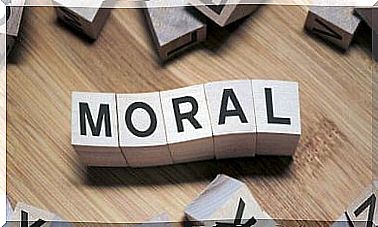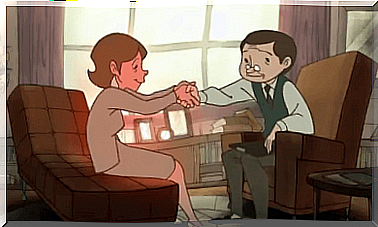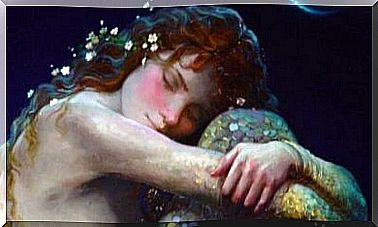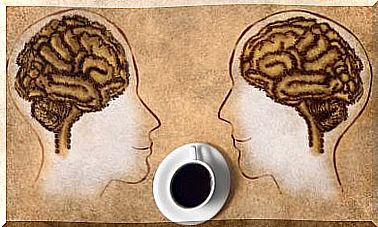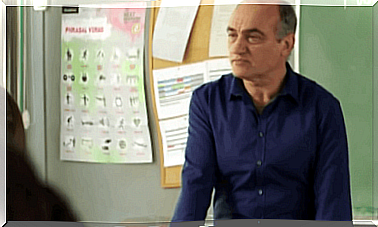Electroconvulsion Therapy: Areas Of Application

Electroconvulsive therapy, also known as electroconvulsive therapy (ECT), is still afflicted with a certain stigma. She has this partly through the image that she has been conveyed in films and on television. However, numerous improvements have been made to the entire process in recent years. In addition, specialists have drawn up protocols and specific recommendations for use.
As a result, electroconvulsive therapy is now a safe and effective technique that is well tolerated by patients. With this procedure it has become possible to achieve improvements or even remissions of symptoms in diseases that have not responded to conventional treatment methods.
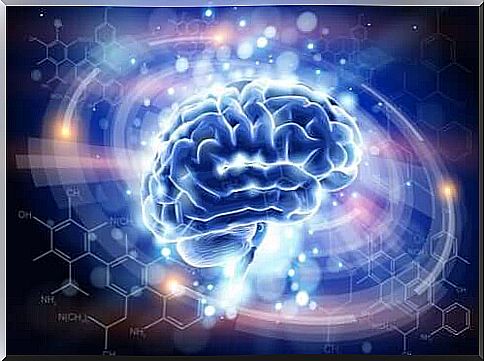
What is electroconvulsion therapy?
Electroconvulsive therapy sends small electrical impulses through the brain. The goal is a short-term neural overreaction that can cause certain changes in the brain and thereby improve problematic symptoms.
This procedure is always carried out in a hospital by trained specialists under general anesthesia. Various electrodes through which the electrical impulses are sent are placed on the patient’s scalp.
The simulated seizure lasts for approximately 40 seconds. The patient will wake up from the anesthesia a few minutes later without being able to remember the treatment.
To ensure this treatment is effective, it must be done repeatedly. A total of six to twelve treatments are usually prescribed every 2 to 3 days. In addition, in some cases it may be useful to continue the treatment. However, the electroconvulsive therapy will then be carried out after a longer interval until the desired result has been achieved.
Areas of application
depressions
Electroconvulsive therapy has been shown to be very effective in treating depression, with significant improvements being achieved in 80% of cases. These results exceed those that could be achieved with medication. In addition, ECT is a safe and quick method.
Experts recommend this therapy especially in cases of severe depression where the patient does not respond to drug treatment. Electroconvulsive therapy is also an effective option when the patient is at high risk of suicide and there is an urgent need for rapid improvement. In addition, this method is particularly effective for geriatric depression.
Electroconvulsive therapy to treat bipolar disorder
The effectiveness of electroconvulsive therapy in treating bipolar disorder can be compared to the effectiveness of lithium, which is often used to treat this disorder. However, experts achieve faster results with ECT. The patients who most often benefit from this technique are those who have greater psychomotor agitation.
catatonia
Catatonia is a clinical picture that can occur due to various disorders. In this condition, the affected person may be immobile and deaf. In addition, it does not respond to external stimuli. The response rates to ECT in this syndrome range between 80% and 100%. Therefore, electroconvulsive therapy is also one of the best treatment alternatives for this syndrome.
Psychotic disorders
Electroconvulsive therapy in combination with antipsychotics is also one of the recommended treatment options for the treatment of schizophrenia and other psychotic disorders. Whenever possible, the two methods should be used together for faster results.
The more acute the episode and the shorter it lasts, the greater the effectiveness of this method. Even in cases associated with significant motor or behavioral disorders, this treatment is very effective.

The side effects of electroconvulsive therapy
- After treatment, many patients experience mild disorientation and confusion.
- In addition, after electroconvulsive therapy, you may have difficulty absorbing and storing new information. However, this effect is only temporary and the patient no longer has any symptoms at least two weeks after the treatment.
- In addition, the patient may have amnesia related to past experiences, mainly affecting recent memories. This forgetfulness decreases over the course of six months after the end of treatment. However, small memory gaps can still persist.
- Although they are much less common, in some cases they can also cause heart or breathing problems.
Indications
At the moment, doctors see electroconvulsive therapy as the last possible treatment option. If a patient does not respond at all or very little to the medication they are given, consider this therapy. Also, this treatment is used in cases that pose a high risk and require quick response and action. In addition, doctors may recommend electroconvulsive therapy for patients who, for whatever reason, are unable to take the prescribed medication.
However , some researchers believe that this treatment should not be viewed as a last resort. It has been proven to be an effective and quick alternative.
As long as the specialists follow the protocols and instructions correctly, this therapy is a safe procedure. However, we should always remember that there is some risk in any intervention. Even so, electroconvulsive therapy could be the best first option to treat many diseases and disorders.
